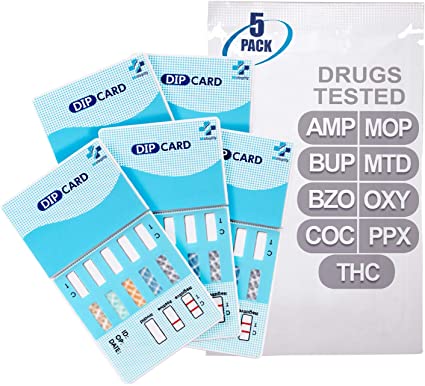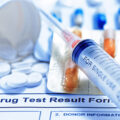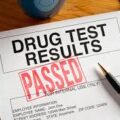Interpreting drug and alcohol test results can be sometimes complex, which is why reporting is best left to your chosen testing partner. These tests are best seen as indicators of an individual’s drug or alcohol use, and context is everything but finding the meaning of terms and why they are on the test panel is relatively easy.
A drug test looks for the presence of one or more illegal or prescription drugs in your urine, blood, saliva, hair, or sweat. Urine testing is the most common type of drug screening. Other names of this analysis include; drug screen, drug test, drugs of abuse testing, substance abuse testing, toxicology screen, tox screen, sports doping tests.
What happens during a drug test?
A drug test generally requires that you give a urine sample in a lab. You will be given instructions to provide a “clean catch” sample. The clean-catch method includes the following steps:
- Wash your hands
- Clean your genital area with a cleansing pad given to you by your provider. Men should wipe the tip of their penis. Women should open their labia and clean from front to back.
- Start to urinate into the toilet.
- Move the collection container under your urine stream.
- Collect at least an ounce or two of urine into the container, which should have markings to indicate the amounts.
- Finish urinating into the toilet.
- Return the sample container to the lab technician or health care provider.
In certain instances, a medical technician or other staff members may need to be present while you provide your sample.
What is it used for?
Drug screening is used to find out whether or not a person has taken a certain drug or drugs. It may be used for:
Employment. Employers may test you before hiring and/or after hiring to check for on-the-job drug use.
Sports organizations. Professional and collegiate athletes usually need to take a test for performance-enhancing drugs or other substances.
Legal or forensic purposes. Testing may be part of a criminal or motor vehicle accident investigation. Drug screening may also be ordered as part of a court case.
Monitoring opioid use. If you’ve been prescribed an opioid for chronic pain, your health care provider may order a drug test to make sure you are taking the right amount of your medicine.
Why do I need a drug test?
You may have to take a drug test as a condition of your employment, in order to participate in organized sports, or as part of a police investigation or court case. Your health care provider may order drug screening if you have symptoms of drug abuse. These symptoms include:
- Slowed or slurred speech
- Dilated or small pupils
- Agitation
- Panic
- Paranoia
- Delirium
- Difficulty breathing
- Nausea
- Changes in blood pressure or heart rhythm
For a blood test for drugs, you will go to a lab to provide your sample. During the test, a health care professional will take a blood sample from a vein in your arm, using a small needle. After the needle is inserted, a small amount of blood will be collected into a test tube or vial. You may feel a little sting when the needle goes in or out. This usually takes less than five minutes.
Will I need to do anything to prepare for the test?
Be sure to tell the testing provider or your health care provider if you are taking any prescription drugs, over-the-counter medicines, or supplements because they may give you a positive result for certain illegal drugs. Also, you should avoid foods with poppy seeds, which can cause a positive result for opioids.
What does ppx mean on a drug test?
Propoxyphene (PPX) is a mild narcotic analgesic found in various pharmaceutical preparations, usually as the hydrochloride or napsylate salt. PPX is a prescription narcotic analgesic structurally related to methadone, sold as Darvocet, Darvon, Dolene, Novrad. It is most often combined with aspirin, acetaminophen, caffeine, or napsylate to treat mild to moderate pain. Cut-off: 300 ng/ml
PPX Drug is indicated for the relief of mild to moderate pain. It is a narcotic pain-reliever and cough suppressant but is weaker than morphine, codeine, and hydrocodone. The precise mechanism of action is not known but may involve the stimulation of opioid (narcotic) receptors in the brain.
However, in November 2010, the FDA concluded that PPX caused “serious toxicity to the heart, even when used at therapeutic doses.” Subsequently, the FDA requested that manufacturers discontinue the production of the drug. Cardiac arrest has been reported with as little as 35mg. Moderate to highly toxic doses of PPX typically result in delusions, hallucinations, confusion, pulmonary edema, and cardiotoxicity. You can buy PPX home drug testing strips on Amazon.
What do the results mean?
If your results are negative, it means no PPX drugs were found in your body, or the level of drugs was below an established level, which differs depending on the drug. If your results are positive, it means PPX drug was found in your body above an established level (300 ng/Ml). However, false positives can happen. So if your first test shows that you have drugs in your system, you will have further testing to figure out whether or not you are actually taking a certain drug or drugs. SEE: What Does Mop Mean On A Drug Test?





